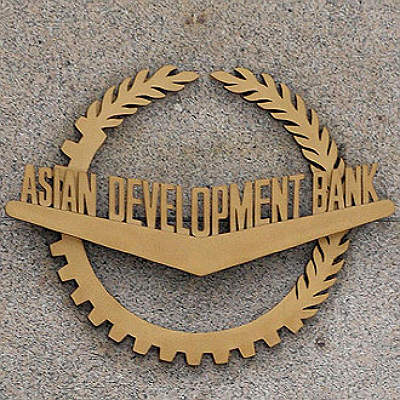ADB predicts Azerbaijan's primary energy demand to reach about 21 mln in 2035

By Aynur Jafarova
Azerbaijan's primary energy demand in the Business-as-Usual (BAU) case is projected to increase from 11.8 million tons of equivalent in 2010 and reach 20.8 million tons of equivalents in 2035 at an annual rate of 2.3 percent, compared to the alternative case at 18.9 million tons of equivalent in 2035, says the Asian Development Bank's Asian Energy Outlook report published on October 14.
Energy demand outlook through 2035
According to the ADB, over the reporting period, Azerbaijan's GDP is projected to increase from $21.2 billion in 2010 to $61.9 billion in 2035 at an annual rate of 4.4 percent.
Azerbaijan's population will increase at a moderate pace of 0.7 percent through 2035, reaching 11 million from 9.2 million in 2010. As a result, per capita GDP will more than double from the 2010 level at $2,311, reaching $5,605 in 2035, the report said.
"In the BAU case, Azerbaijan's final energy demand is projected to increase at 3 percent per year over the outlook period -- a slower pace compared with the projected GDP growth rate of 4.4 percent," the ADB said.
According to the report, gas demand growth will register a fast pace of 2.2 percent through 2035, with the expansion in the infrastructure for city gas supply across the country. These energy sources will replace oil, which will decline by 0.7 percent between 2010 and 2035.
Over the outlook period, industry energy demand will recover to increase at a relatively moderate growth of 2.3 percent per year, the report said.
Meanwhile, according to the ADB, Azerbaijan will maintain its net export position in oil and natural gas over the outlook period, producing well above the country's domestic demand level.
"With the production increase in the Azeri-Chirag-Guneshli (ACG) oil field, Azerbaijan's oil production will peak at 1.4 million bpd by 2015, while the production of the ACG oil field will decline from 2020 onward; therefore, overall oil production will decline to 1.26 million bpd in 2035. Natural gas production will expand from 15 billion cubic meters (bcm) in 2015 to 22 bcm in 2035 with the increased production from Shah Deniz field," the report said.
Energy policy implications
According to the ADB, the recent tariff reform has had some impact on energy demand savings. Nevertheless, in the long run, economic growth and subsequent improvement in living standards will continue to drive the energy demand growth of Azerbaijan.
"Although the country will maintain its net export position in oil, natural gas, and electricity through 2035, in recognition of its importance as the main driving force of the economy, it is important for Azerbaijan to recognize the impacts from energy savings to effectively allocate them for export purposes," the ADB concluded.
According to the ADB estimates, Azerbaijan could save about 1.9 million tons of equivalent of primary energy by 2035, half of it coming from power sector savings.
"Aside from the energy savings from the shifts to combined-cycle gas turbine technologies from combined heat and power and rehabilitation of aging transmission and distribution networks on the supply side, the magnitude of impacts coming from demand-side electricity savings needs to be well noted," the report said.
According to the report, Azerbaijan will continue to be energy self-sufficient, backed by its vast oil and natural gas resources.
The ADB predicts that enhancement of policies, measures and programs will ultimately benefit Azerbaijan's socioeconomic development.
The Manila-based ADB is dedicated to reducing poverty in Asia and the Pacific through inclusive economic growth, environmentally sustainable growth and regional integration. Established in 1966, it is owned by 67 members - 48 from the region. In 2012, ADB assistance totaled $21.6 billion, including cofinancing of $8.3 billion.
Azerbaijan has been a member of the ADB since 1999. The country's share in the bank's capital is 0.5 percent.
Here we are to serve you with news right now. It does not cost much, but worth your attention.
Choose to support open, independent, quality journalism and subscribe on a monthly basis.
By subscribing to our online newspaper, you can have full digital access to all news, analysis, and much more.
You can also follow AzerNEWS on Twitter @AzerNewsAz or Facebook @AzerNewsNewspaper
Thank you!
